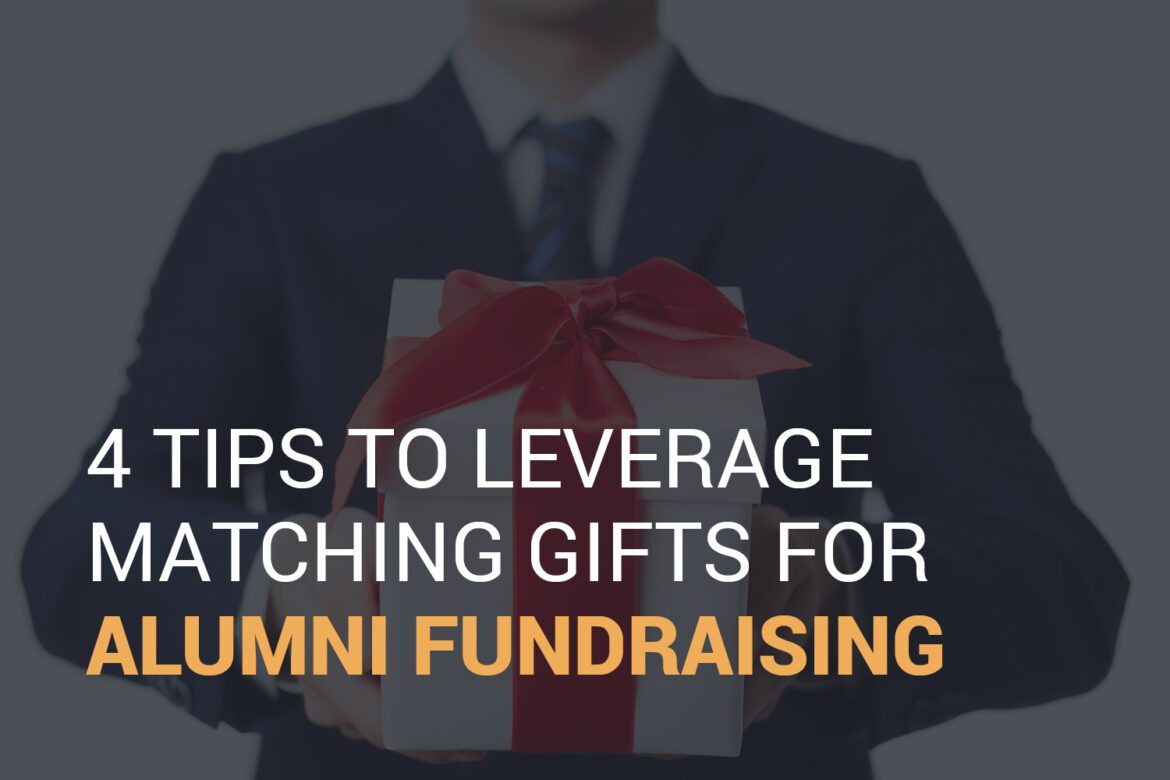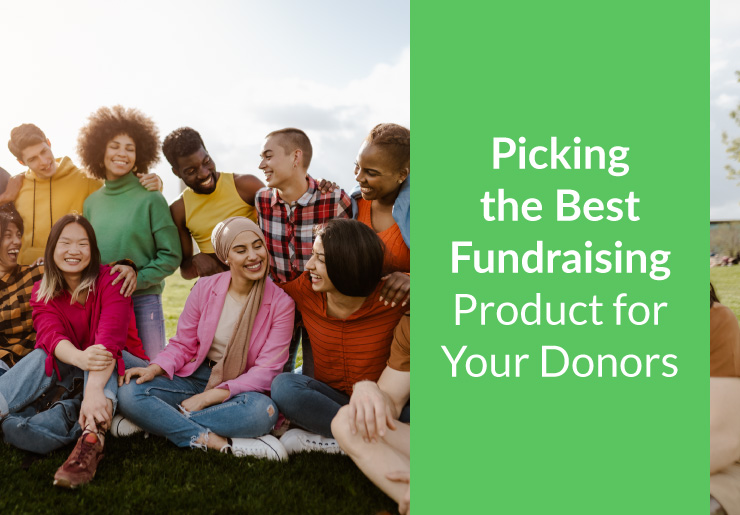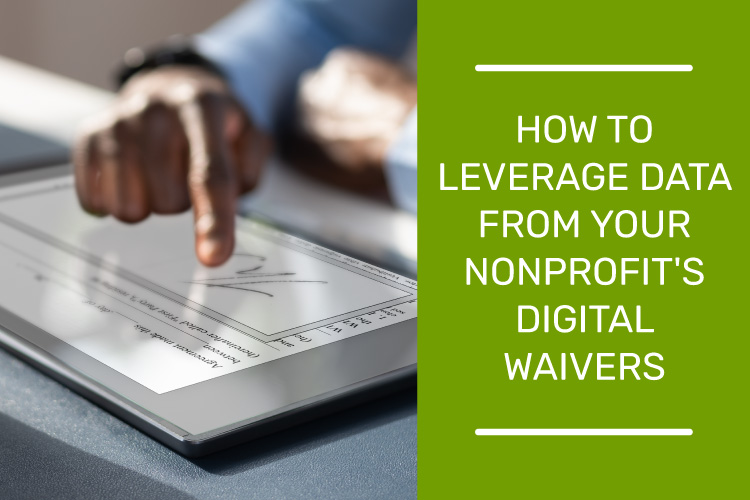When it comes to developing alumni giving opportunities, ...
Picking The Best Fundraising Product for Your Donors: 3 Tips
What if we told you that there’s a way to combine donor appreciation, fundraising, and effective ...
How to Leverage Data from Your Nonprofit’s Digital Waivers
Gathering and analyzing data about your donors critical ...
Modern Higher Ed Capital Campaigns: 3 Considerations
For colleges and universities, capital campaigns ...






